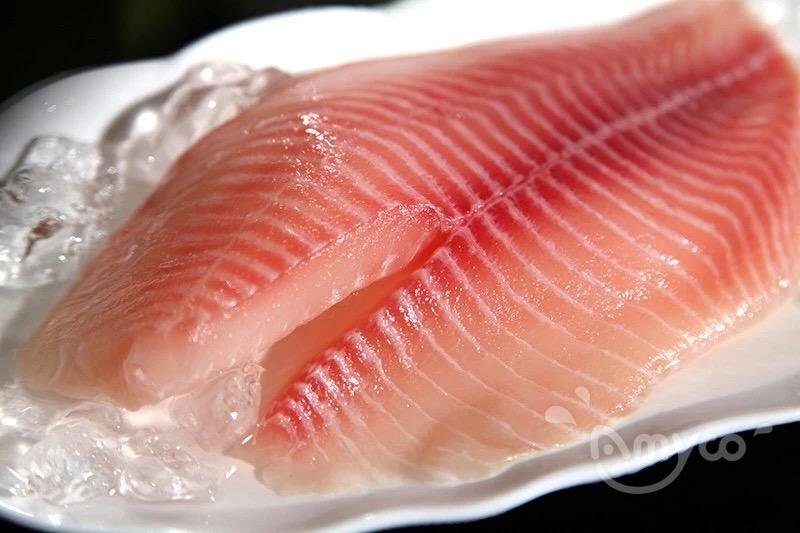The increased supply has caused tilapia prices to fluctuate.
According to various understanding, recently in Guangdong, Guangxi, Hainan and other places of tilapia generally appear different degrees of price decline, which is mainly affected by the double impact of increased production and weak consumer demand. Although the tilapia market is currently under pressure from falling prices, industry insiders are generally optimistic about the future market. They believe that the current price drop is only a temporary increase in supply, as the international market demand increases, tilapia prices are expected to rebound.

In September, China's main tilapia producing areas Wenchang in Hainan and Zhanjiang in Guangdong were greatly affected by Typhoon "Yagi", which severely damaged the infrastructure of fish farms and processing plants, leading to a tight market supply. In addition, the typhoon also affected the Vietnamese basa fish farming industry, resulting in a shortage of frozen tilapia and basa fish in the U.S. market at the same time, and prices have also risen. The price of Chinese tilapia fillets has risen from $2.20 per pound last year to more than $3.00 per pound now.

October was the peak season for tilapia, with processors in Guangdong and Guangxi cutting prices as production exceeded demand, and Hainan gradually recovering from the typhoon. In addition, global fishmeal production has increased this year, and the price of farmed tilapia feed has fallen, which has also contributed to the increase in production.
At present, the industry is generally optimistic about the future market, that the price decline is only caused by a short-term increase in supply, and will rebound with the increase in international market demand. However, the Chinese tilapia industry faces various challenges, including slowing domestic market demand, the impact of foreign market policies, and industry competition from tilapia farming in Indonesia, Brazil and other countries.





